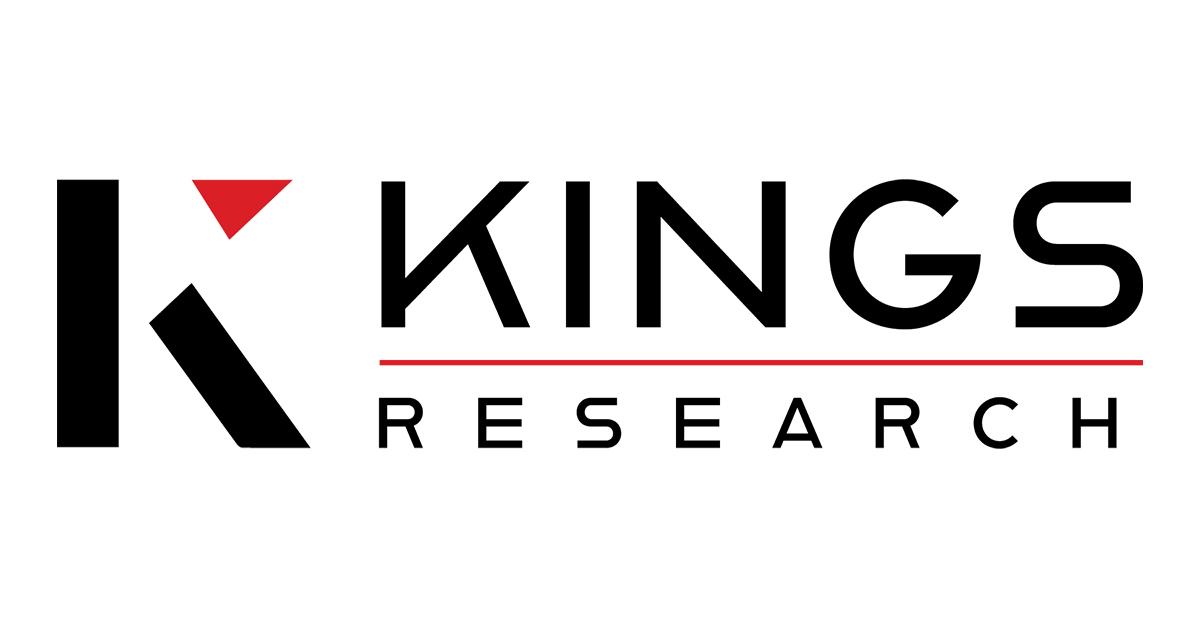Mastering Building Estimates: Essential Tips for Builders

Table of Contents
-
Introduction
-
Why Are Building Estimates So Important?
-
Common Pitfalls in Estimating
-
Core Components of Building Estimates for Builders
-
How to Master the Estimating Process
-
Best Estimating Tools for Builders
-
Pro Tips for Accuracy and Efficiency
-
Final Thoughts
-
FAQs
Introduction
Ever been halfway through a construction project and realized your estimate was way off? Oof. That’s the kind of headache no builder wants. Whether you're a newbie just stepping into the world of construction or a seasoned contractor juggling multiple projects, mastering building estimates is absolutely essential.
This isn’t just about numbers—it’s about protecting your profits, building trust with clients, and ensuring your projects run smoothly from start to finish. So grab a coffee (or your favorite tool), and let’s dig into how to get your estimates spot-on every single time.
Why Are Building Estimates So Important?
Let’s be real—building estimates for builders are more than a piece of paper. They’re the foundation of every project. Here’s why they matter so much:
-
They guide your planning: Think of estimates like a blueprint for your budget.
-
They protect your bottom line: Accurate numbers mean fewer financial surprises.
-
They boost client confidence: Transparency = trust = repeat business.
-
They streamline decision-making: With the right estimate, it's easier to schedule, hire, and order.
In short, if you want a project to succeed (and get paid well for it), your estimate needs to be rock-solid.
Common Pitfalls in Estimating
Even the best builders fall into these traps sometimes. Let’s save you the trouble.
-
Using outdated pricing: Material costs change like the weather—always use fresh data.
-
Underestimating labor: You can’t rush craftsmanship. Be realistic with timelines.
-
Forgetting the small stuff: Permits, waste disposal, scaffolding rental—they all add up.
-
Skipping a site visit: Every location has quirks that impact the budget.
-
Guessing instead of calculating: Intuition has its place, but hard numbers win.
Avoiding these slip-ups can save you thousands—and your reputation.
Core Components of Building Estimates for Builders
Alright, let’s get into what your estimate should actually include.
1. Material Costs
From cement to ceiling tiles, every item should be listed out. Pro tip: Always overestimate by 5–10% to cover breakage or waste.
2. Labor Costs
Factor in hourly rates, overtime, subcontractor fees, and even potential sick days. People power is expensive but crucial.
3. Equipment and Tool Rental
You might need machinery you don’t own—think excavators, scaffolding, or specialized tools. Account for rental fees and transport.
4. Overhead Costs
Don’t forget office rent, admin salaries, insurance, and vehicle maintenance. These "invisible" expenses keep your business running.
5. Profit Margin
You’re not in this for charity. Add 10–25% depending on the project’s complexity and market rates.
6. Contingency Fund
Stuff happens—weather delays, supply chain issues, change orders. Build in a 5–15% buffer.
How to Master the Estimating Process
Let’s walk through this step-by-step. Think of this as your builder’s playbook for accurate estimates.
Step 1: Understand the Project Scope
Before you price anything, get a crystal-clear idea of what the client wants. Read the plans, ask questions, and clarify any confusion.
Step 2: Do a Site Visit
The terrain, accessibility, and even the neighborhood can affect your costs. Walk the site and take detailed notes.
Step 3: Perform a Quantity Takeoff
This means listing and measuring every single component—from floor tiles to fasteners. Accuracy here is everything.
Step 4: Research and Source Costs
Call suppliers. Check current rates. Don’t rely on last year’s prices. Inflation is real, folks.
Step 5: Calculate Labor
Break down the job into tasks and assign time estimates. Multiply by hourly rates and add taxes and benefits.
Step 6: Add Overhead and Profit
These aren’t optional. Build your business costs and profit right into the estimate.
Step 7: Double-Check Everything
Once you’ve built your estimate, check it again. And again. Better safe than sorry.
Best Estimating Tools for Builders
Sure, Excel can do the job. But why stop there when you’ve got high-powered software designed for builders?
| Software | Key Features | Ideal For |
|---|---|---|
| Buildertrend | Integrated estimating, scheduling, and client portal | Residential builders |
| ProEst | Cloud-based + templates + reporting tools | Large commercial projects |
| CoConstruct | Seamless with QuickBooks + client tracking | Custom home builders |
| PlanSwift | Fast blueprint takeoffs + itemization | Subcontractors and estimators |
Why Estimating Software is a Game Changer
| Advantage | What It Means for You |
|---|---|
| Speed | Get estimates done in half the time |
| Accuracy | Say goodbye to costly errors |
| Professionalism | Impress clients with sleek, detailed reports |
| Cloud Access | Estimate on-site with your phone or tablet |
Using tech isn’t just smart—it’s essential for staying competitive.
Pro Tips for Accuracy and Efficiency
Ready to level up your estimating game? Here are a few insider tricks:
1. Keep a Cost Database
Create your own running list of past material and labor costs. It’ll be your most valuable estimating asset.
2. Review Past Projects
Look back on similar jobs. What went wrong? What worked well? Learn from experience—yours and others’.
3. Build a Template
Don’t start from scratch each time. A master template can save hours and ensure consistency.
4. Communicate Clearly
Share your estimate with your team and your client. Be open about what's included and what’s not.
5. Stay Up-to-Date
Attend workshops, read industry news, and stay sharp. Estimating trends change fast—so should you.
Final Thoughts
If you’re serious about building a reputation (and a profitable business), accurate estimating is your golden ticket.
Building estimates for builders is both an art and a science. It takes time to master, but once you do, the payoff is huge—smoother projects, happier clients, and a healthier bottom line.
So don’t treat estimating like a chore. Treat it like a skill worth sharpening every day.
FAQs
1. How do I calculate accurate material costs?
Start with a detailed quantity takeoff and check real-time prices with your suppliers. Always add 5–10% for waste or price hikes.
2. Should I include a contingency in every estimate?
Yes. Unexpected issues are almost guaranteed. A 5–15% contingency helps you stay covered.
3. How often should I update my estimating template?
Every few months or after major changes in material or labor costs. Keep it fresh.
4. What’s the best software for solo builders?
CoConstruct and Buildertrend are both user-friendly and packed with features that solo pros will love.
5. Can I give a rough estimate without a site visit?
You can, but it’s risky. Site visits provide critical details that impact your numbers. Skip it at your own peril.




